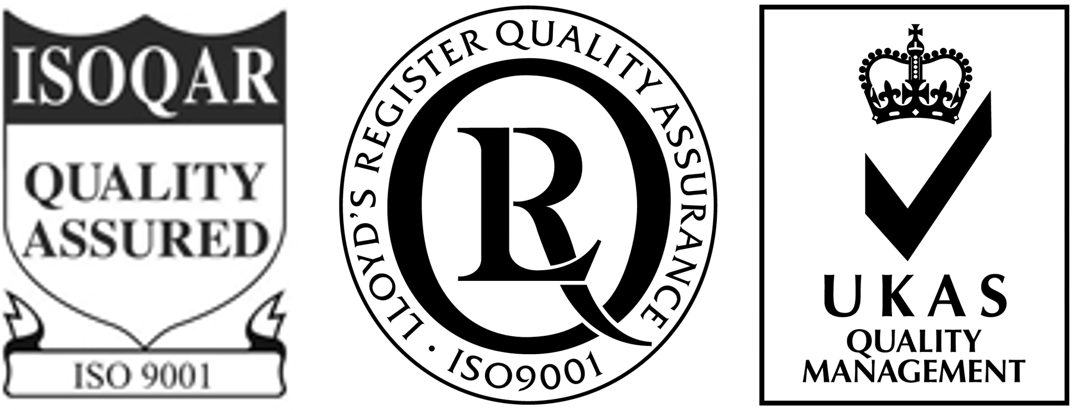uropathogenic E. coli ORN208 BioVector NTCC质粒载体菌种细胞基因保藏中心
- 价 格:¥89652
- 货 号:uropathogenic E. coli ORN208
- 产 地:北京
- BioVector NTCC典型培养物保藏中心
- 联系人:Dr.Xu, Biovector NTCC Inc.
电话:400-800-2947 工作QQ:1843439339 (微信同号)
邮件:Biovector@163.com
手机:18901268599
地址:北京
- 已注册
uropathogenic E. coli ORN208 BioVector NTCC质粒载体菌种细胞基因保藏中心
Escherichia coli is one the most common bacteria responsible of uropathogenic diseases, which motives the search for rapid and easy methods of detection. ORN178 is a positive phenotype for the type 1 fimbriae expression, and the ORN208 that does not express fimbriae 1 as negative control.
The estimated risk of prostate cancer is 21 % and the lifetime risk of death is 2–5 %. Even though it can be diagnosed early and therapy can be started immediately, patients developing metastatic conditions die. Apart from the potent issue of cancer, recurrent urinary tract infection (UTI) is one of the most prevalent symptoms. Escherichia coli ORN178 are the most common cause of UTI in humans. Various urovirulence factors of E. coli ORN178 have been identified such as molecular biology of surface receptors of the urothelial cells of the urinary tract, the adhesin specificity and primarily and the type 1 fimbriae associated with the organism. Detection, diagnosis, and treatment of UTI play an important role in prostate cancer. One of the novel tools currently vastly studied are nanoparticles. Nanoparticles continue to be used as carriers for localized drug diffusion to treat and detect infections and diseases like cancer. Owing to their nano size, it is easy for these particles to diffuse into the cells and effect desired responses in treatment of diseases. However, the size, type, and surface charges of the particles play a vital role. Of the different kind of nanoparticles, gold nanoparticles (GNPs) have been extensively studied in this regard. It has been shown that E. coli ORN178 binds specifically to d-mannose, which is an integral part of the glycoproteins that are a part of the adhesive domain on host cells. The fimbriae of the uropathogenic E. coli ORN178 bind to the urolapkins on the surface of urothelial cells of the human bladder. d-mannose functionalized 200 nm GNPs bind specifically to E. coli ORN178. It has been shown that E. coli ORN178 binds specifically to d-mannose only and E. coli ORN208 serves as a negative control as it has type 1 pili that fail to bind to d-mannose.
Uropathogenic ORN178 genotype:
thr-1 leuB thi-1 (argF-lac)U169 xyl-7 ara-13 mtl-2 gal-6 rpsL tonA2 supE44 pilG1, tetR inserted ca. 200 bp 3' to the end of fimH, Tetr λr Pil+ (does not exhibit phase variation of piliation)
The E. coli strain ORN 178 presents the ideal candidate to investigate this glycan cantilever array sensor as it contains type-I pili that specifically bind to mannose-containing structures via the binding protein FimH.
The use of αα-D-mannose receptors as capturing agents for the detection of Escherichia coli using a microcantilever was developed. Researchers have demonstrated that E. coli ORN178, which expresses normal type-1 pili, can interact with microcantilevers functionalized with αα-D-mannose and can cause shifts in its resonance frequencies. Although E. coli ORN208, which expresses abnormal pili, binds poorly to αα-D-mannose on the nitrocellulose membrane of a FAST slide, it did cause a detectable shift in resonance frequency when interacting with the αα-D-mannose functionalized microcantilevers.
【Supplier来源】BioVector NTCC Inc.
TEL:+86-010-53513060
【Website网址】 http://www.biovector.net
Escherichia coli is one the most common bacteria responsible of uropathogenic diseases, which motives the search for rapid and easy methods of detection. ORN178 is a positive phenotype for the type 1 fimbriae expression, and the ORN208 that does not express fimbriae 1 as negative control.
The estimated risk of prostate cancer is 21 % and the lifetime risk of death is 2–5 %. Even though it can be diagnosed early and therapy can be started immediately, patients developing metastatic conditions die. Apart from the potent issue of cancer, recurrent urinary tract infection (UTI) is one of the most prevalent symptoms. Escherichia coli ORN178 are the most common cause of UTI in humans. Various urovirulence factors of E. coli ORN178 have been identified such as molecular biology of surface receptors of the urothelial cells of the urinary tract, the adhesin specificity and primarily and the type 1 fimbriae associated with the organism. Detection, diagnosis, and treatment of UTI play an important role in prostate cancer. One of the novel tools currently vastly studied are nanoparticles. Nanoparticles continue to be used as carriers for localized drug diffusion to treat and detect infections and diseases like cancer. Owing to their nano size, it is easy for these particles to diffuse into the cells and effect desired responses in treatment of diseases. However, the size, type, and surface charges of the particles play a vital role. Of the different kind of nanoparticles, gold nanoparticles (GNPs) have been extensively studied in this regard. It has been shown that E. coli ORN178 binds specifically to d-mannose, which is an integral part of the glycoproteins that are a part of the adhesive domain on host cells. The fimbriae of the uropathogenic E. coli ORN178 bind to the urolapkins on the surface of urothelial cells of the human bladder. d-mannose functionalized 200 nm GNPs bind specifically to E. coli ORN178. It has been shown that E. coli ORN178 binds specifically to d-mannose only and E. coli ORN208 serves as a negative control as it has type 1 pili that fail to bind to d-mannose.
Uropathogenic ORN178 genotype:
thr-1 leuB thi-1 (argF-lac)U169 xyl-7 ara-13 mtl-2 gal-6 rpsL tonA2 supE44 pilG1, tetR inserted ca. 200 bp 3' to the end of fimH, Tetr λr Pil+ (does not exhibit phase variation of piliation)
The E. coli strain ORN 178 presents the ideal candidate to investigate this glycan cantilever array sensor as it contains type-I pili that specifically bind to mannose-containing structures via the binding protein FimH.
The use of αα-D-mannose receptors as capturing agents for the detection of Escherichia coli using a microcantilever was developed. Researchers have demonstrated that E. coli ORN178, which expresses normal type-1 pili, can interact with microcantilevers functionalized with αα-D-mannose and can cause shifts in its resonance frequencies. Although E. coli ORN208, which expresses abnormal pili, binds poorly to αα-D-mannose on the nitrocellulose membrane of a FAST slide, it did cause a detectable shift in resonance frequency when interacting with the αα-D-mannose functionalized microcantilevers.
【Supplier来源】BioVector NTCC Inc.
TEL:+86-010-53513060
【Website网址】 http://www.biovector.net
- 公告/新闻



 免费订购电话: 400-800-2947
免费订购电话: 400-800-2947